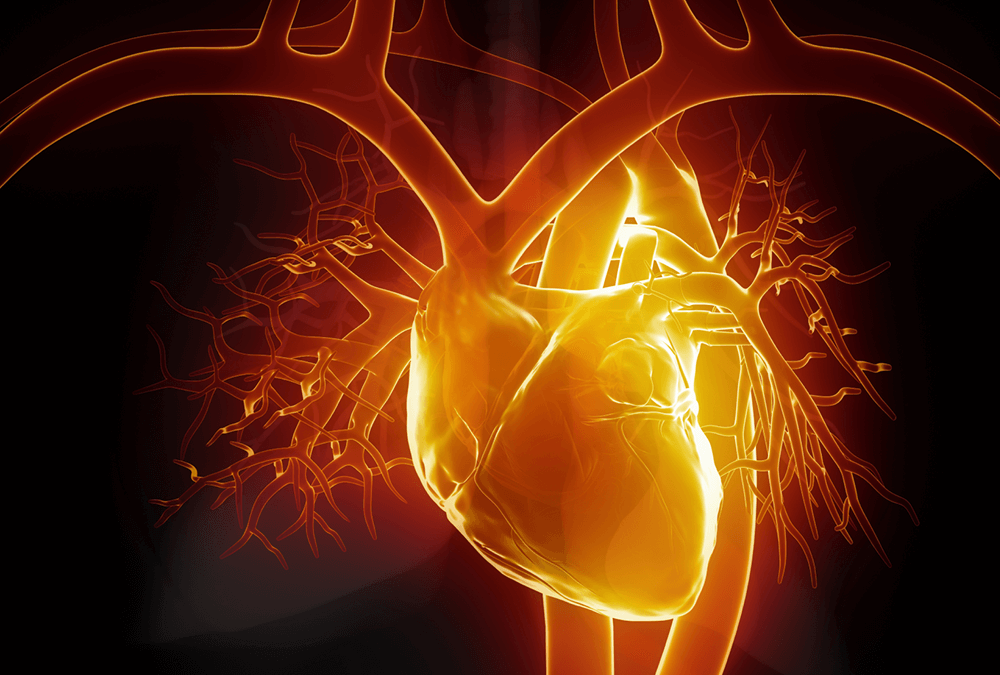In the first case of its kind, a young girl suffering from PAH has shown significant improvement after receiving an experimental stem cell treatment.
Read on to find out more about this story.
What is Pulmonary Arterial Hypertension?
PAH (Pulmonary Arterial Hypertension) is a condition that affects the blood vessels that supply the lungs causing high blood pressure. The walls of the arteritis become stiff making it difficult for them to expand correctly to allow proper blood flow. The reduced blood flow causes the right side of the heart to work harder, slowly becoming weaker which can lead to heart failure.
Symptoms of Pulmonary Hypertension include:
- Feeling faint and dizzy
- Shortness of breath
- Chest pains
- Racing heartbeat
- Shortness of breath
- Swelling
With PAH you may not see any symptoms until the condition has already advanced.
Although there are treatments to help manage the condition, there is no cure.
Experimental Stem Cell Treatment
A girl in Germany was treated using umbilical cord stem cells from her sister. The now 6-year-old has an inherited form of PAH. The doctors had recommended a lung transplant at age 3 which is a procedure carried out when the patient is predicted to have less than a year to live. The parents instead opted for an experimental treatment using cord blood stem cells from her sister that the parents had stored.
Georg Hansmann and his colleagues from the Hanover Medical School harnessed the stem cells from the umbilical cord and grew them on dishes by bathing them in a nutrient liquid. This liquid was then collected and replaced over and over. Once they had the correct volume of the old nutrient liquid it was then infused into the girl’s heart and lung blood vessels over the span of 6 months.
Post-treatment the girl showed gradual improvement. Previously she was breathless even at rest, only able to walk slowly and stunted in her growth. Years on she now has no limitations to her exercise capacity and within the first three months of treatment had grown 10cm in height.
How did it work?
The treatment used mesenchymal stem cells. These cells are involved in the making and repairing of skeletal tissue. Previously using the cells for the treatment of heart conditions only showed short-term benefits at best.
In this case, the girl didn’t receive the cells directly. The cells were grown and as they grew released biochemicals into the liquid they were bathed in. These biochemicals were then infused as they seemed to promote healing.
Martin Wilkins of Imperial College London suggests that the infusion alone wasn’t necessarily the reason the girl improved so much. Although it may have been a contributing factor, the patient also received two standard treatments which may have also had an effect. He believed that this stem cell method shouldn’t be rushed out but there is something interesting going on.
Storing Cord Blood Stem Cells
As you can see stem cells have some amazing potential. There are over 80 approved treatments and therapies currently using cord blood stem cells. By privately storing your child’s stem cells you provide them, and their siblings, with a lifelong safety net.
If you are curious about the process of storing stem cells order a free welcome pack from us!
Request a Welcome Pack
Find out more about cord blood banking by downloading a Welcome Pack now.








